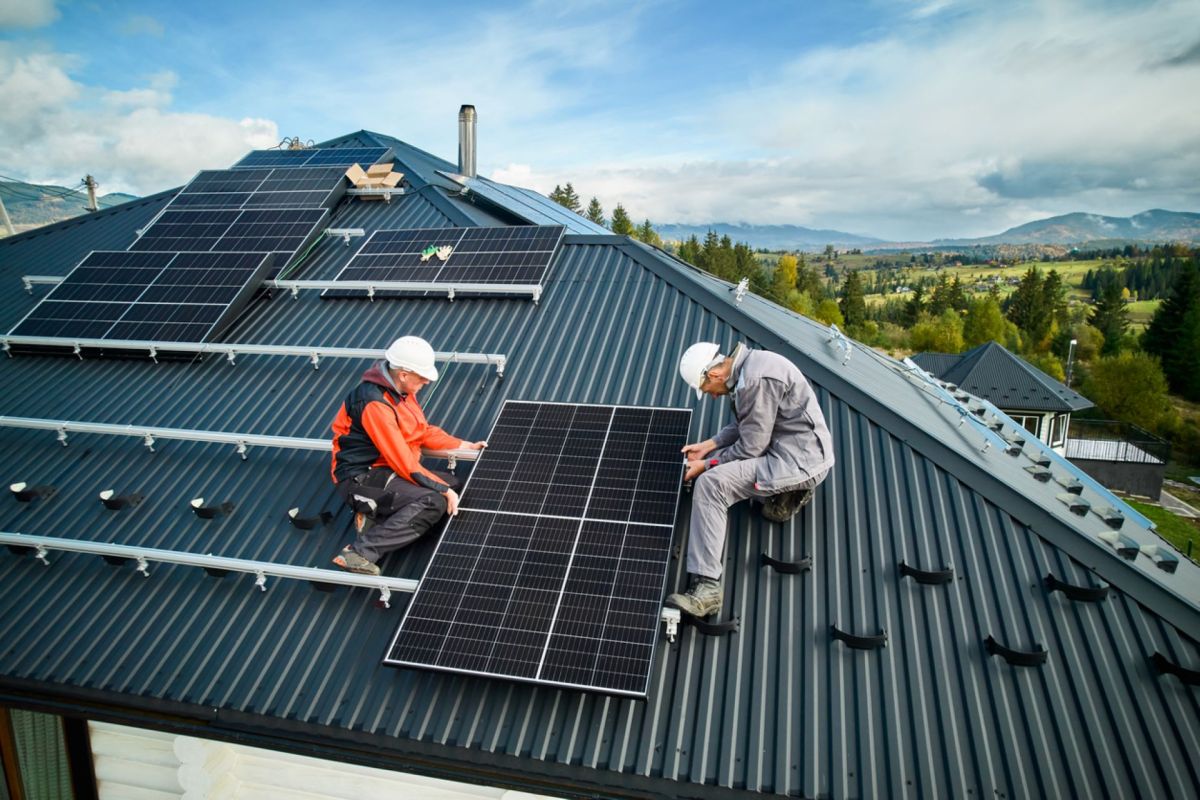The state of California recently enacted a new rule hindering the installation of new residential solar panels. The rule change, combined with national-level economic factors, has created a historic slowdown in the rate of solar panel installations in America's largest market.
What's happening?
Solar panel installations nationwide are expected to face a reduction in pace for the first time since 2017 on account of high interest rates.
Higher interest rates make large purchases for projects like home improvement more difficult because it becomes more expensive to take out a loan to pay for them. As a result, according to Tik Root's reporting in Grist, new installations in California are expected to drop by 41% in 2024 compared to a national reduction of 12%, and layoffs and bankruptcies for solar companies are expected to follow.
"We laid off half of our staff, and we're probably not done," Carlos Beccar, a solar panel installation marketing director quoted by Grist, said.
California is facing a sharper rate of decline than the rest of the country because the Public Utilities Commission (PUC) recently enacted a rule change that decreases the amount of energy that residential solar panel owners can sell back to the power grid. This policy change makes owning solar panels less profitable, meaning homeowners are less willing to take on the cost of installing the systems.
"It's like they put a brick wall in front of us," Beccar said.
Why is this new rule concerning?
Environmentalists and sustainable energy advocates are concerned that this rule may spread outside of California. Reducing the financial incentive to install solar panels in an economic environment that is already inhospitable to large investments for individual consumers could spell a disaster for the growth of a green energy economy in the United States.
Natural gas produces harmful carbon pollution, while solar has a much lower environmental impact; however, natural gas still powers close to half of American homes. Policies that make it more difficult for Americans to invest in solar should be considered an obstacle between citizens and a healthier, greener, and safer future.
What is being done about solar power in America?
Thankfully, it isn't all bad news.
Recent policy changes at the federal level in the United States generally favor the clean energy transition.
In December, $16.4 billion was allotted to improving rail in the Northeast Corridor, and in January, the Biden administration announced $623 million in grants for the expansion of the electric vehicle charging network. In February, $254 million was allocated to industrial decarbonization, and in March, it was followed by $750 million to hydrogen fuel research.
This investment helps to show that the disappointing policy decision made in California is the exception, not the rule.
Additionally, the Inflation Reduction Act of 2022 offers homeowners up to $14,000 in tax rebates for reducing pollution from their homes and often lowers their energy bills. This tax break covers a variety of options, from buying new electric appliances to a heat pump to keep folks warm in the winter.
Join our free newsletter for easy tips to save more, waste less, and help yourself while helping the planet.









